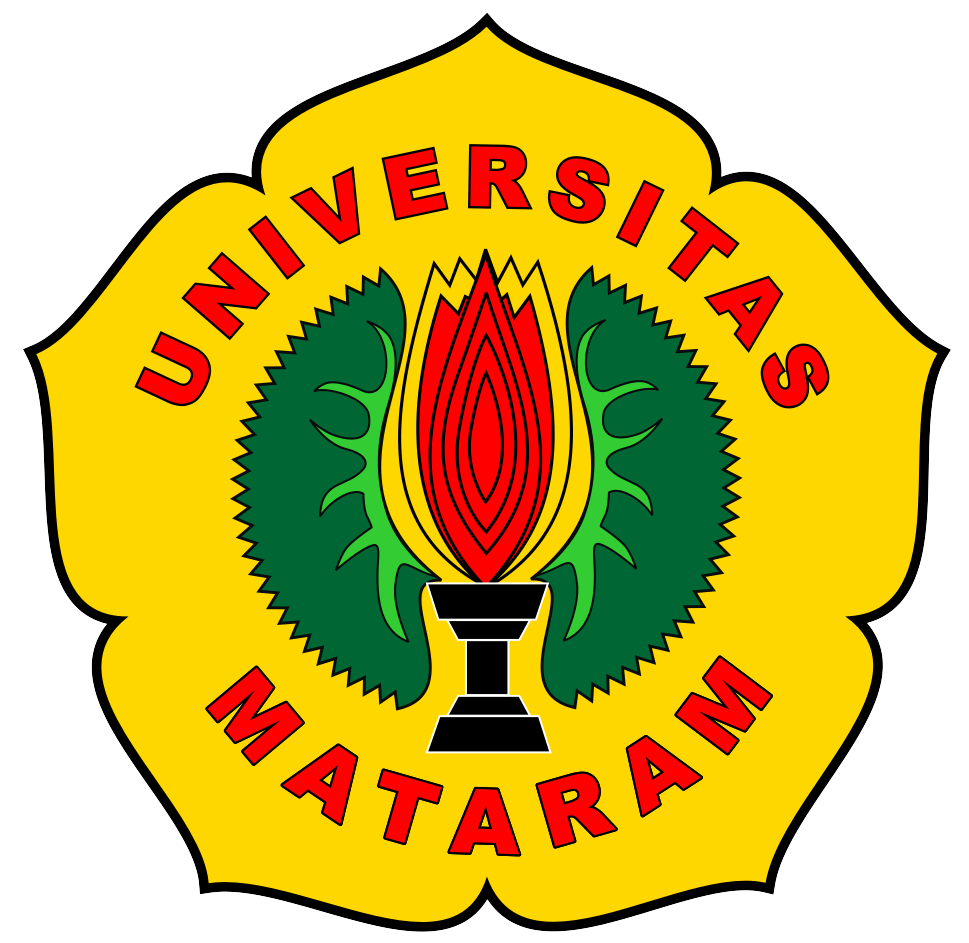Epilepsi Paska Stroke: Laporan Kasus
DOI:
https://doi.org/10.29303/jk.v12i3.4494Keywords:
seizures, epilepsy, strokeAbstract
Post-stroke seizures is a common complication in post-stroke patients, it is reported that about 8-15 % of cases may develop into post-stroke epilepsy. A 54-year-old man was referred from Primary Health Care with a complaint of seizures on the right side of the body for more than 30 minutes. Seizures have often occurred since last year after the patient had a stroke attack. The patient has had 2 strokes attack in 2021 and 2022. The seizure stopped right before the patient arrived in the emergency room. The patient experienced weakness on the right side of the body and was unable to speak since his 1st stroke attack. When the patient was transferred to the neurology ward, he experienced another seizures, the duration of seizure < 2 minutes, with the frequency >3 times, the patient remained conscious during the event. We give phenytoin 100 mg/8 hours. Head CT in 2022 shows an infarction in the middle cerebral artery. Brain ischemia causes damage to neurons which causes an imbalance between inhibitory neurons and excitatory neurons which causes seizures. Seizures in post-stroke patients are divided into early-onset and late-onset seizures. Male stroke patients aged <65 years with history of hypertension, history of stroke involving the territorial MCA have a higher risk of developing Post Stroke Epilepsy (PSE). The patient in this case has a high risk of experiencing PSE because his past stroke involving the territorial MCA, besides that there is history of uncontrolled hypertension and age < 65 years.
Downloads
Published
Issue
Section
License
Authors who publish with Unram Medical Journal, agree to the following terms:
- Authors retain copyright and grant the journal right of first publication with the work simultaneously licensed under a Creative Commons Attribution 4.0 International License (CC-BY License). This license allows authors to use all articles, data sets, graphics, and appendices in data mining applications, search engines, websites, blogs, and other platforms by providing an appropriate reference. The journal allows the author(s) to hold the copyright without restrictions and will retain publishing rights without restrictions.
- Authors are able to enter into separate, additional contractual arrangements for the non-exclusive distribution of the journal's published version of the work (e.g., post it to an institutional repository or publish it in a book), with an acknowledgment of its initial publication in University of Mataram's Journal of Medicine.
- Authors are permitted and encouraged to post their work online (e.g., in institutional repositories or on their website) prior to and during the submission process, as it can lead to productive exchanges, as well as earlier and greater citation of published work (See The Effect of Open Access).
- This journal is open access journal which means that all content is freely available without charge to users or / institution. Users are allowed to read, download, copy, distribute, print, search, or link to full text articles in this journal without asking prior permission from the publisher or author.






